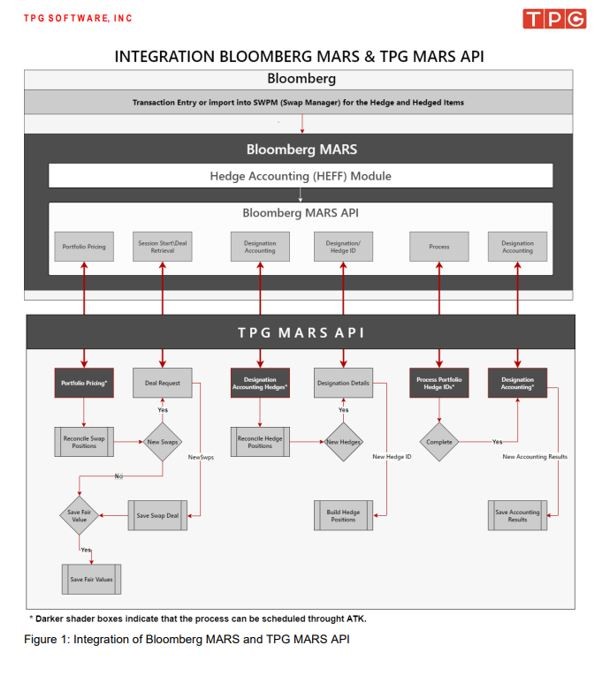ARTICLE
How vendor integration helps bank & credit union treasury teams

Bloomberg Professional Services
When treasury or accounting teams at financial institutions begin evaluating new software vendors, it is tempting to turn to a one-size-fits-“some” (or “most” in the best of cases) approach. It’s a compromise that sounds good at the outset for valid reasons such as not needing to have to dedicate IT resources toward the integration of disparate systems.
But fast forward a year after implementation and the challenges of a one-size-fits-all solution may start to show as treasury teams encounter an ever-expanding list of manual processes that have to be executed outside of the system. These workarounds and inefficiencies bring to light the compromises made in the name of adopting a more generalist single vendor.
Fortunately for banks and credit unions finding themselves in this position, the tide is turning. Many financial and treasury software providers are proactively integrating with each other to offer the best of both worlds to clients, having done all the heavy IT lift upfront. In other words, clients no longer need to choose between a specialist service that covers every part of their workflow and seamless IT setup.
Where ledger accounting & hedge accounting meet
Accounting departments are one example of a team that stands to benefit a lot from this new approach from vendors. Ledger and portfolio accounting software vendors are often asked if they do valuations, hedge accounting, and scenario analysis. They don’t. These activities are traditionally the wheelhouse of a risk system for the derivative calculations, which, by their very nature, require vast amounts of market data. Similarly, vendors offering risk management systems are often asked if they can cross over into the ledger accounting world and populate balance sheet entries. They don’t.
For example, bank treasuries in U.S. regional and community banks and credit unions asked their ledger accounting vendor TPG Software how to streamline their derivatives, hedge accounting, and derivative reporting workflow. Specifically, they needed to log all hedge accounting-related journal entries such as other comprehensive income (OCI), interest accruals, periodic movement, credit-adjusted numbers, scenario numbers, and daily valuations. They also needed the ability to schedule process reports.
TPG, now part of Abrigo, and Bloomberg collaborated on a solution. By developing an integrated hedge accounting workflow across their systems, TPG’s banking clients who were also enabled for Bloomberg’s Hedge Accounting module could now take advantage of new streamlined and time-saving processes without any IT investment of their own.
“TPG has been a highly regarded sub-ledger accounting solution for a long time. We have never ventured too far out of our lane with respect to analytics and calculating fair values. When we were introduced to Bloomberg MARS, and its capabilities, we quickly recognized that it was an excellent match of complementary solutions,” said Cory Sokoloski, Vice President of Sales at Abrigo and a heritage TPG employee.

A new world: Treasury workflows simplified
As more software vendors collaborate with each other, a new world of opportunity is opening for bank treasuries. Not only are all their workflow requirements covered without the need for manual workarounds, the integration work is already done by the vendors themselves. That frees up valuable IT resources for other projects. Operational risks are also reduced as the responsibility for streamlined connectivity rests with the specialist vendors, who already know each other.
Thanks to a few vendors leading the way, bank treasuries can demand this type of integration and service, which one day soon will become the norm.